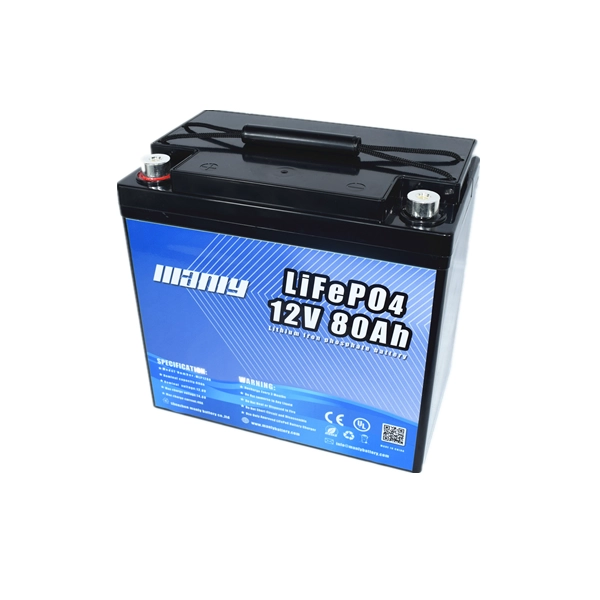Lithium Iron Phosphate Battery Technology Has Made Breakthrough
1.Pollution issues after recycling lithium iron phosphate
The power battery recycling market is huge, and according to relevant research institutions, China’s retired power battery accumulative total is expected to reach 137.4MWh by 2025.
Taking lithium iron phosphate batteries as an example, there are mainly two ways for the recycling and utilization of related retired power batteries: one is cascade utilization, and the other is dismantling and recycling.
Cascade utilization refers to the use of lithium iron phosphate power batteries with remaining capacity between 30% to 80% after disassembly and recombination, and applying them to low-energy density areas such as energy storage.
Dismantling and recycling, as the name suggests, refers to the dismantling of lithium iron phosphate power batteries when the remaining capacity is less than 30%, and the recovery of their raw materials, such as lithium, phosphorus, and iron in the positive electrode.
The dismantling and recycling of lithium-ion batteries can reduce the mining of new raw materials to protect the environment and also have great economic value, greatly reducing mining costs, manufacturing costs, labor costs, and production line layout costs.
The focus of lithium-ion battery dismantling and recycling mainly consists of the following steps: first, collect and classify waste lithium batteries, then dismantle the batteries, and finally separate and refine the metals. After the operation, the recovered metals and materials can be used for the production of new batteries or other products, greatly saving costs.
However, now including a group of battery recycling companies, such as Ningde Times Holding Co., Ltd. subsidiary Guangdong Bangpu Circular Technology Co., Ltd., all face a thorny issue: battery recycling will produce toxic by-products and emit harmful pollutants. The market urgently needs new technologies to improve the pollution and toxicity of battery recycling.
2.LBNL found new materials to solve the pollution issues after battery recycling.
Recently, Lawrence Berkeley National Laboratory(LBNL) in the United States announced that they have found a new material that can recycle waste lithium-ion batteries with just water.
Lawrence Berkeley National Laboratory was established in 1931 and is managed by the University of California for the US Department of Energy’s Science Office. It has won 16 Nobel Prizes.
The new material invented by the Lawrence Berkeley National Laboratory is called Quick-Release Binder. Lithium-ion batteries made from this material can be easily recycled, environmentally friendly, and non-toxic. They only need to be disassembled and put into alkaline water, and gently shaken to separate the required elements. Then, the metals are filtered out of the water and dried.
Compared with current lithium-ion recycling, which involves shredding and grinding batteries, followed by combustion for metal and element separation, it has serious toxicity and poor environmental performance. The new material is like night and day in comparison.
In late September 2022, this technology was selected as one of the 100 revolutionary technologies developed globally in 2022 by the R&D 100 Awards.
As we know, lithium-ion batteries consist of positive and negative electrodes, a separator, electrolyte, and structural materials, but how these components are combined in lithium-ion batteries is not well known.
In lithium-ion batteries, a critical material that maintains the battery structure is the adhesive.
The new Quick-Release Binder discovered by Lawrence Berkeley National Laboratory researchers is made of polyacrylic acid (PAA) and polyethylene imine (PEI), which are connected by bonds between positively charged nitrogen atoms in PEI and negatively charged oxygen atoms in PAA.
When Quick-Release Binder is placed in alkaline water containing sodium hydroxide (Na+OH-), the sodium ions suddenly enter the adhesive site, separating the two polymers. The separated polymers dissolve into the liquid, releasing any embedded electrode components.
In terms of cost, when used to manufacture lithium battery positive and negative electrodes, the price of this adhesive is about one-tenth of the two most commonly used




